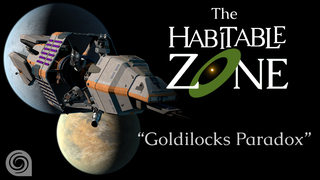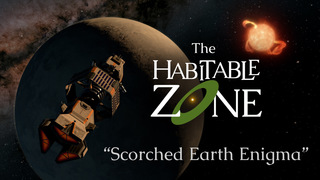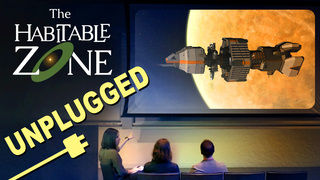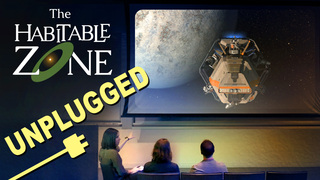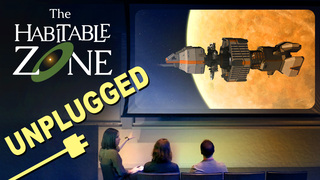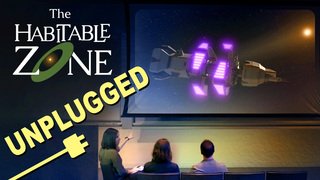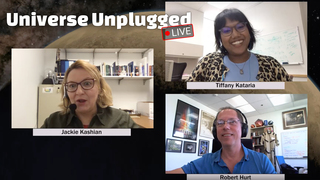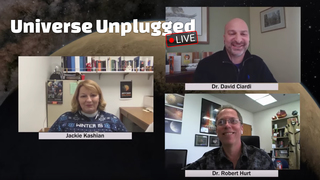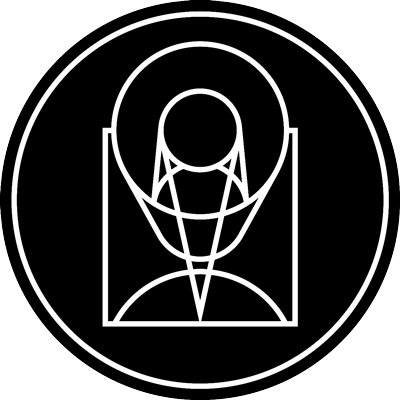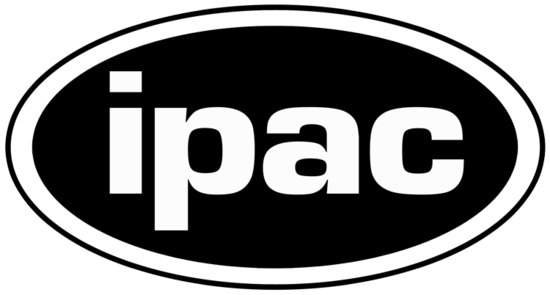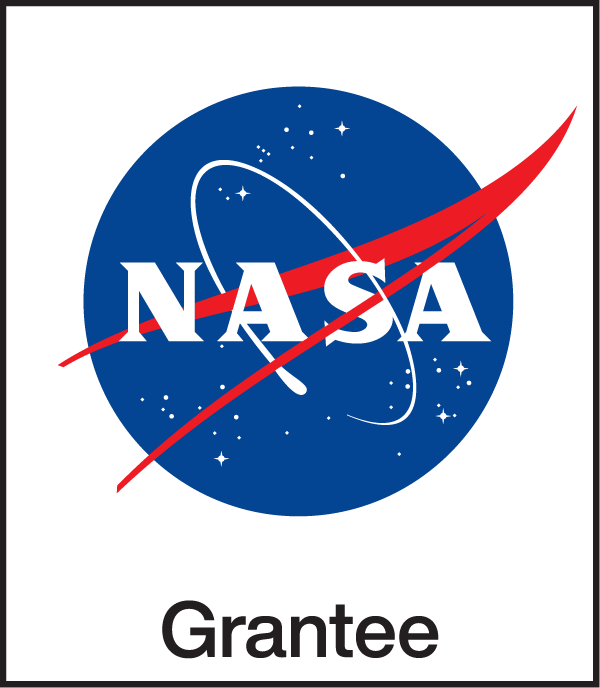About the Planets
Do tiny stars really have orbiting planets?
While the Arcadia-08 system is fictional, it is based on many other similar stars that we know have planets. One system, known as TRAPPIST-1, is a small, cool M dwarf around which astronomers have discovered 7 Earth-sized planets. And, just like in our video, the 4th one out is located in the habitable zone of its star.
To date astronomers have found planets orbiting a whole range of stars, and quite a few small stars are known to have orbiting planets, some even smaller than the Earth.
How did Mars lose its oceans?
One leading theory is that Mars may have lost its oceans due to a long process of the Sun’s solar wind scrubbing away its outer atmosphere slowly over time. Earth’s strong magnetic field protects its atmosphere from such effects, but we know Mars currently has essentially no magnetic field (though it likely had one in its past). If it indeed lost its magnetic field long ago, its weaker gravity (about 1/3 that of Earth at its surface) would have made it easier to lose its air over millions, or billions, of years.
This is one of several theories that have been proposed, and NASA’s Maven spacecraft is currently in orbit around Mars studying its atmosphere. The data it collects will help scientists solve the mystery of what happened to all that air.
Why were the planets named “Arcadia-05 b,” “c,” “d,” & “e”?
Exoplanetary systems are commonly named after the telescope or project that discovered the presence of planets around the star plus an index number indicating order of discovery. That’s why so many exoplanets have names like “Kepler-452 b” since NASA’s Kepler mission has found so many during its mission.
Exoplanet letters usually start with a lowercase “b” as the letter “A” (in uppercase) is reserved for the name of the star. The “A” is usually left off in the case of a single star, but if there were 2 stars orbiting one another then they would be “A” and “B” and the first known exoplanet would be “c.”
Even though this is a purely fictional system, the planets were named following the real naming convention.
How do we know what the gravity is at the surface of a planet?
In the video, Cas and Cara are looking at the planet’s properties and determine from its radius and mass that its surface gravity would be 85% that on earth, i.e. “things would be 15% lighter there.” This is actually a simple calculation based on Newton’s law of gravity that tells us that the gravitational force is proportional to a planet’s mass, and inversely proportional to the square of its radius.
So if you can measure an exoplanet’s size and mass, you can easily figure out just how hard it would be to climb the stairs down there!
How do we know what the gravity is at the surface of a planet?
Mass is a tricky thing for astronomers to measure. The mass isn’t obvious from a planet’s appearance, any more than the weight of a suitcase can be determined by just looking at it (from the outside you can’t see whether it’s empty or full of lead bricks).
To measure a planet’s mass you need to be able to observe how its gravity affects the motion of other objects around it. Since the I.S.V. Arcadia can fly around and orbit the planets, the crew can calculate the planets’ masses directly from the properties of their spacecraft orbit (namely the size of its orbit and how long it takes to go around the planet).
It is much harder for astronomers to measure the masses of exoplanets orbiting distant stars. A small number of them have been “weighed” remotely by observing how their orbit affects the motion of their central star (causing a “wobble”), or in rare cases like the TRAPPIST-1 system, how multiple planets affect one another’s orbits.
Why don’t Cas and Cara visit known exoplanets?
While there are currently thousands of known exoplanets, the idea for “The Habitable Zone” was to explore new, unknown systems. This allows the story to focus on specific science topics (like how temperature and composition are connected to habitability) by visiting hypothetical worlds with very specific properties.
Our scientific understanding of known exoplanets is rapidly evolving, and basing a story on our current understanding of a specific planet might result in something that was soon outdated if new research disproved earlier ideas. Keeping the planets fictional is a way of keeping the focus on general science ideas and future-proofing the story.
